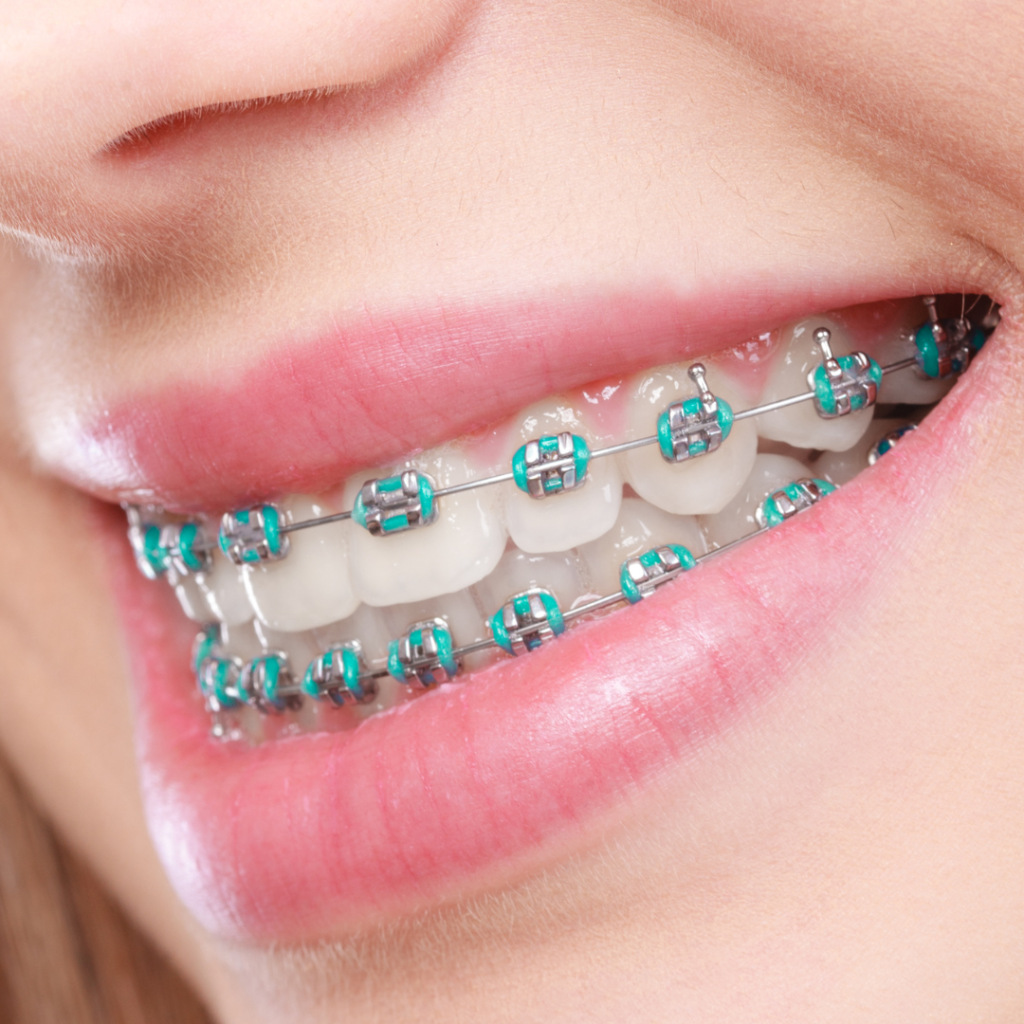
Braces
Braces can correct a wide range of dental issues, including crooked, gapped, rotated or crowded teeth. There are several types of braces, including traditional metal braces, ceramic braces and clear aligners like Invisalign®. Braces improve your smile’s health, function and appearance.
What are braces?
Dental braces straighten your teeth and correct a wide range of orthodontic issues, such as:
- Crooked teeth.
- Crowded teeth.
- Gapped teeth.
- Malocclusion (issues with the way your teeth fit together).
Many children and teens wear braces, but adult braces are common, too. In fact, about 20% of all orthodontic patients in the United States are over the age of 18.
In most cases, orthodontists place braces. But some general dentists offer them too.
How do braces work?
Braces use mild, constant pressure to shift your teeth into their proper positions over time. The exact way this happens depends on the type of braces you choose.
What are the types of braces?
There are several different types of braces. The type that’s best for you depends on a few factors, including the kind of issue you have, the severity of your condition and your personal preferences.
Metal braces
When you think of braces, traditional metal braces might be what you imagine. Metal braces use stainless steel bands, brackets and wires to gently shift your teeth over time.
A dentist or orthodontist will bond (glue) a bracket on each tooth, then place a thin, flexible archwire over the brackets. Tiny elastic bands called ligatures keep the wire firmly in place.
Metal braces are visible when you smile. You can choose clear or tooth-colored ligatures to make your braces less noticeable. Or, if you’re feeling festive, you can choose brightly colored ligatures.
Ceramic braces
Ceramic braces — sometimes called clear braces — work the same way as metal braces. The key difference is that the brackets, wires and ligatures are tooth-colored, so they blend in with your smile. Ceramic braces are still visible, but they’re less noticeable. One drawback to ceramic braces is that they’re more fragile than metal braces, so they’re more likely to break.
Lingual braces
Lingual braces are similar to traditional braces. But they go on the back surfaces of your teeth instead of the front. Most people who choose lingual braces do so because they don’t want other people to be able to tell they have braces.
Self-ligating braces
Self-ligating braces look similar to traditional metal braces. The main difference is that, instead of ligatures (tiny elastic bands), self-ligating braces use a built-in system to hold the archwire in place.
Clear aligners
Sometimes called “invisible braces,” clear aligners are a braces alternative. Instead of brackets and wires, clear aligners use a series of custom-made trays to straighten your teeth over time. Popular brands include Invisalign® and ClearCorrect®.
With these systems, you wear each set of aligner trays for approximately two weeks. Then, you swap those trays out for the next set in the series. Unlike metal braces, clear aligners are removable. But you have to wear them for at least 22 hours every day. You should only take your aligners out to eat, drink and brush your teeth.
